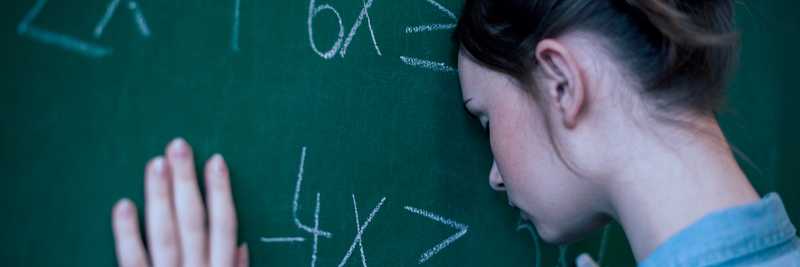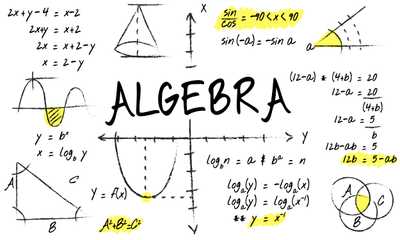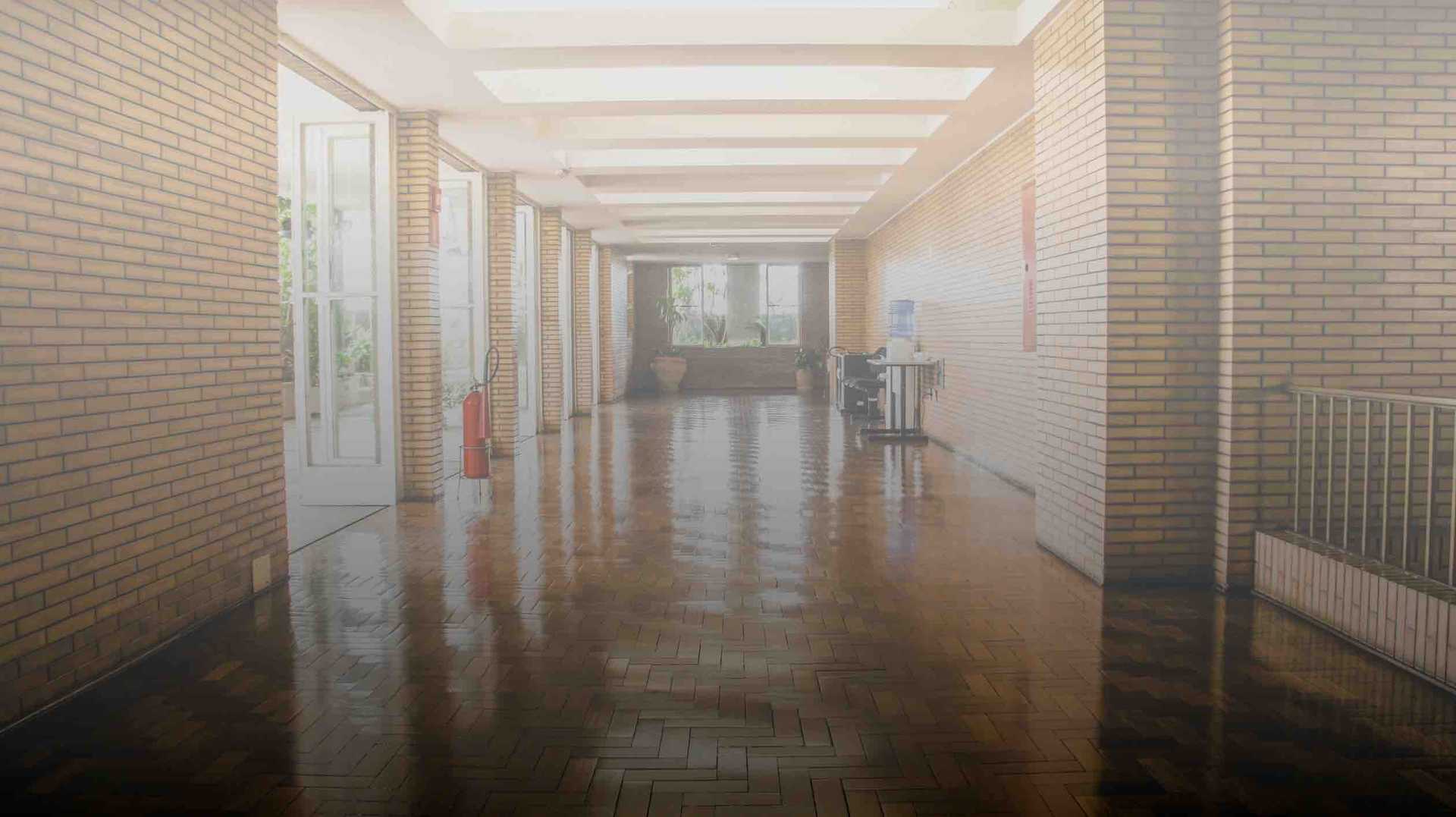The “Summer Slide” is a phenomenon well-known to educators and administrators. This term refers to the seemingly inevitable slump in students’ reading and math skills following the summer break.
So when the COVID-19 pandemic halted in-person learning for the vast majority of U.S. students in March of 2020, it wasn’t hard to predict that students’ academic growth would struggle to stay on track.
Researchers who compared student achievement data from Spring 2021 against historical data found that students missed out on an average of four months of reading growth over the disrupted school year, with most of that harm occurring during the initial scramble to react to remote learning from March to June of 2020.
The findings painted an even gloomier picture for our country’s budding mathematicians. Math skills tests determined students effectively missed out on five months of growth during the chaotic response to COVID-19.
What Is Unfinished Learning?
Unfinished learning refers to the concepts and skills in any subject that a student was in the process of learning, but didn’t master due to an educational interruption, like school closures, holiday breaks, or extended illnesses.
As school districts across the nation closed their doors and pivoted to remote learning to combat the spread of COVID-19, unfinished learning began to quickly rise amongst K-12 students.
60% of K-12 students lost access to in-person instruction in the 2020-2021 school year, leading to a staggering 32% loss in math competency in districts that went mostly virtual. In-person districts fared a bit better, but still suffered skill losses of around 9%.
Unfinished learning has lasting impacts on educational attainment, leading to a projected income loss ranging from $49,000 to $61,000 over the course of affected students’ lifetimes.
This loss in income is forecast to cost the United States economy between $128 billion and $188 billion annually as affected students enter the workforce.
Unfinished Learning vs. Learning Loss
In the past, unfinished learning went by another term — “learning loss” — but educators, administrators, and teaching experts are ditching learning loss in favor of unfinished learning for a few reasons.
- The phrase “learning loss” has its origins in legislative language, not educational theory
- “Loss” implies finality, while “unfinished” creates agency in affected students
- Unfinished learning may have a more positive impact on students suffering from mental health issues due to the consequences of the COVID-19 pandemic
The importance of this shift towards agency regarding unfinished learning is vital at a time when unfinished learning is impacting more students than ever before. 35% of parents are very or extremely concerned about the mental health of their children.
The Perils of “Unfinished Learning” In Math
Unfinished learning can lead to serious deficiencies in every subject, but math skills and mastery appear to take the hardest hit.
Experts like Tim Truitt, a Senior Content Specialist with edreports.org, suspect that unfinished learning in math stands to cause greater long-term harm for students than delays in reading.
Given how math standards are structured, Truitt argues, “Students might not have the opportunity to encounter specific concepts or skills once they pass from one grade level to the next,” necessitating a “quick and intentional” response by educators.
Research has found that online tutoring offers significant improvements in mathematical skills amongst low-achieving students, suggesting that the enhanced and interactive education provided by online tutors could be pivotal in responding to the challenges caused by widespread unfinished learning in 2020 and 2021.
Persistent and Widening Inequality
The needs of the moment feel even more urgent when we consider the historical injustices experienced by students of color that have only been compounded by the global pandemic.
- Students in majority-Black schools ended the school year 33% further behind in both math and reading compared to majority-white schools
- Low-income school districts suffered greater losses than high-income districts due to unfinished learning
- Potential lifetime earning losses due to unfinished learning are also unequal
- White students affected by unfinished learning may see a lifetime earning loss of 1.4%
- Hispanic students could see a reduction as high as 2.1% due to unfinished learning
- Black students stand to lose up to 2.4% in lifetime income because of unfinished learning
How to Address Unfinished Learning
If schools emerge from the 2020-21 experience with plans to return to “business as usual,” they will be doing their students a great and lasting disservice.
While the data regarding unfinished learning during the pandemic is bleak, the clear need has also generated numerous innovations, many of which are predicted to endure after the pandemic has ended.
Confronting Troubling Trends
A comprehensive study that observed over 1,000 lessons, 5,000 assignments, and 20,000 student work samples across a diverse set of schools revealed that students “spent more than 500 hours per school year on assignments that weren’t appropriate for their grade...the equivalent of six months of wasted class time in each core subject.”
The story for historically underserved communities was even worse.
Students with high-income backgrounds in well-funded school districts were found to spend twice as much time on grade-appropriate assignments compared to low-income students, widening the educational disparity between upper and lower-income students and reinforcing harmful cycles of privilege.
Reframing Unfinished Learning for Greater Success
If schools are to support students to accelerate their learning, they cannot return to this pre-pandemic reality.
Nor can they embrace the comfortable but wrongheaded strategy of remediation, which author and educational innovator Suzy Pepper Rollins has argued stems from “the misconception that for students to learn new information, they must go back and master everything they missed.”
Instead, Rollins and other experts have begun to champion “acceleration”, an educational strategy that proposes the most powerful instruction strategies put students in a position to master their grade-level standards by delivering “just-in-time” support exactly when students need it.
“In acceleration,” Shalinee Sharma, CEO of Zearn, points out, “you do teach previous grade-level content. You’re just teaching it in the context of what they’re learning now.”
Research backs up Sharma, finding that classrooms that employed strategies for acceleration engaged with 27% more grade-level content than in classrooms stuck on the traditional remediation model.
While the study found that the positive difference was even greater in classrooms with students of color in the majority, students of color were still more likely to be placed in remedial classes, even when they matched the academic performance of white peers.
How We Help Solve Unfinished Learning
Acceleration may be the clear solution to the problem of unfinished learning, but schools will need support to implement it effectively.
That’s where Yup’s Math learning support system is ready to help.
When “just-in-time” supports are called for, Yup has the power to connect students to the best and brightest tutors available for practice-based, personalized 1-on-1 sessions at the click of a button.
Yup’s expert math tutors are trained to:
- Assess prior knowledge
- Diagnose misunderstandings
- Offer the “just-in-time” support necessary to push students toward enduring conceptual understandings that all students deserve the opportunity to master
Yup’s high-dosage tutoring platform provides:
- Personalized dashboards with student usage and progress metrics
- Targeted test preparation
- Remote learning optimization and support
- 24/7 Homework Help and instructional support
- Full federal and state security and privacy compliance
A meta-analysis of almost 200 studies on high-dosage tutoring discovered it to be one of the most effective strategies for improving math and reading skills, even edging out early childhood intervention success.
Frequently Asked Questions about Unfinished Learning
What Does it Mean to Accelerate Learning?
Accelerated learning prioritizes grade-appropriate assignments and trades time-intensive, class-wide reviews of prior topics for “just-in-time” remediation and support.
This learning strategy aims to keep students’ education on track while boosting skill and concept mastery through one-on-one and small-group tutoring.
What Is Learning and Not Learning?
Learning can be described in the educational sense as a process of acquiring new knowledge or skills through study, experience, or teaching.
Not learning occurs when a student fails to gain skill or competency in a subject or topic that has been studied and experienced in the classroom.
What Are Learning Gaps in Education?
Learning gaps refer to the disparity between what a student is expected to know at a given age or grade-level and what they demonstrably know.
Learning gaps are common and can be exacerbated by unfinished learning, poor district funding, and lack of access to technology. Learning gaps have an unfortunate tendency to compound over time without intervention.
How Does COVID Affect Learning?
COVID-19 has affected students in learning in many ways, including:
- Lower student engagement
- Higher rates of anxiety and depression amongst students
- Decreased math and reading competency
- Exacerbated educational inequalities between races and social classes
Administrators and district leaders: See how Yup’s services accelerate Math learning. Yup will collaborate with leadership teams to integrate high-dosage tutoring into the school day and curriculum.
Teachers: Check out what other educators are saying about Yup.
Contact partnerships@yup.com to learn more about bringing Yup to your school or district.




